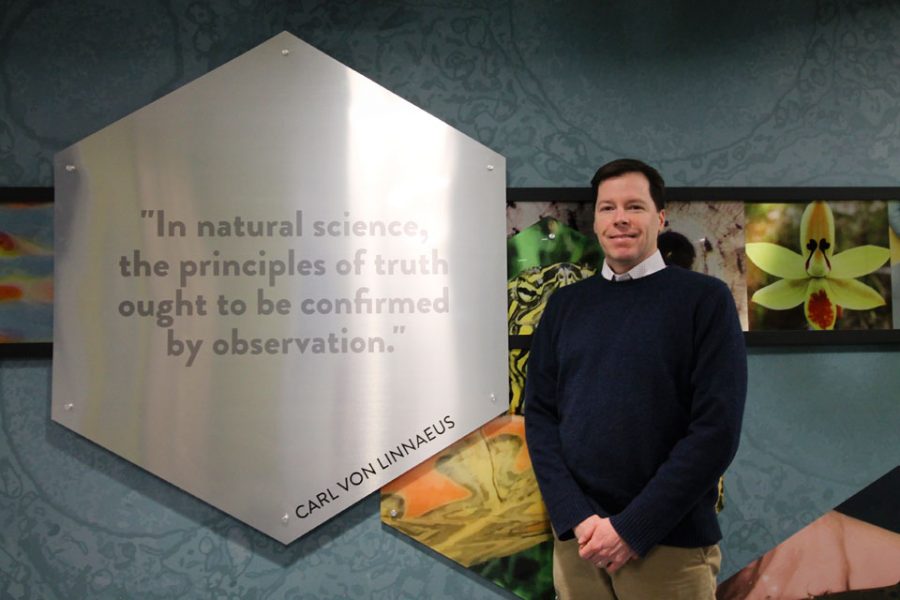After almost two decades of planning, developing and funding, the Argus II Retinal Prosthesis System has finally been approved by the U.S. Food and Drug Administration (FDA). Essentially a prosthetic retina, called the bionic eye by some scientists, this new technology is the first of its kind to be approved by the FDA.
This system will allow blind adult patients with a rare genetic eye disease to have limited vision. This disease, called retinitis pigmentosa (RP), affects one in 4,000 people in the U.S. The retina, a layer of tissue lining the back of the inner eye, converts light images to nerve signals to send to the brain, allowing a person to see. However, RP damages the retinal tissue, causing limited night vision and a possible loss of peripheral or total vision.
This new prosthetic retinal implant includes a small video camera and a processing unit attached to a pair of eyeglasses. The video camera tapes images that are then transformed by the processing unit into electronic data that is sent to the artificial retina to produce an image for a person to see. While a person with this implant cannot read fine print, he or she will be able to walk down the street safely, match colored socks and experience a noticeable improvement in quality of life.
This is the first treatment that offers a solution to replace lost photoreceptors in the eye. Before this device was approved, there was no effective treatment for RP. Most attempts at treatment involved preventive measures, such as consistently wearing sunglasses and taking antioxidants and vitamin A, but the disease is progressive and often leads to complete blindness. While the Argus II is new to the general public, its abilities promise great improvements in the sight and quality of life of RP patients.








